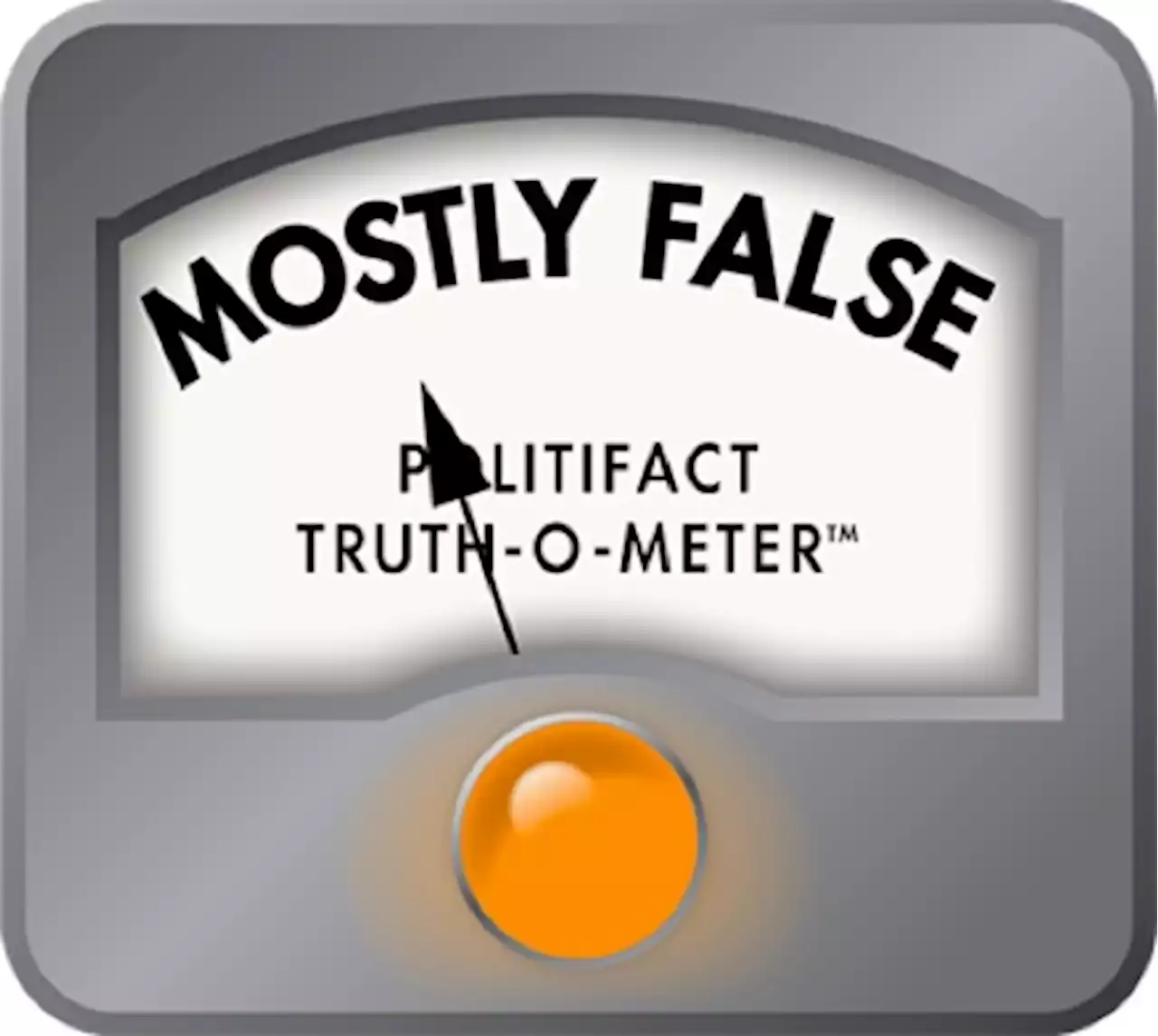In a recent speech in Detroit, President Joe Biden said incomes are up. Once inflation is factored in, wages are down 4% compared with a year ago.
By Bill Adair • August 1, 2007
After the last of those spikes, which reflected the stimulus payments from the American Rescue Plan, disposable personal income has generally stagnated, and is down on a year-over-year basis by about 4% between July 2021 and July 2022. Dean Baker, co-founder of the Center for Economic and Policy Research, a left-of-center think tank, cautioned that economic data post-pandemic can be trickier than usual to analyze. Business closures during the pandemic resulted in disproportionate job losses for lower earners. Over time, those employees have come back into the workforce, but the shifting composition of the workforce has complicated point-to-point comparisons.
"It rose from an average of 34.4 hours in 2019 to a peak of 35 hours in January and is now back down to 34.5 hours," Baker said."My story on this is that when employers couldn't find workers, they had their existing workforce put in more hours. Now that labor is less scarce, they have moved hours back down to more normal levels. But fewer hours means less weekly pay."Biden said,"Incomes are up.
